The HTC Vive Flow is aimed at a new target group with its unusual design, high portability and focus on media consumption. Thanks to the strong integration with the smartphone, the glasses should be particularly suitable for video consumption and simple applications to switch off and relax.
The design is convincing
The first thing that catches the eye with the Vive Flow is the eye-catching design, which comes across and looks much better in the product presentation than in the manufacturer's pictures. With the temples like classic glasses and the mirrored front, the “immersive glasses” at first glance actually look like the sci-fi version of sunglasses as a VR headset. An impression that is reinforced as the glasses, thanks to their form factor and low weight, can easily be pushed onto the head or even held around the neck or on the T-shirt collar. With a fighting weight of less than 200 grams, the Vive Flow then plays in a completely different class than other VR headsets and is on the level of classic over-ear headphones.
-
 HTC Vive Flow (Image: HTC)
HTC Vive Flow (Image: HTC)
Image 1 of 8
 HTC Vive Flow
HTC Vive Flow  HTC Vive Flow
HTC Vive Flow 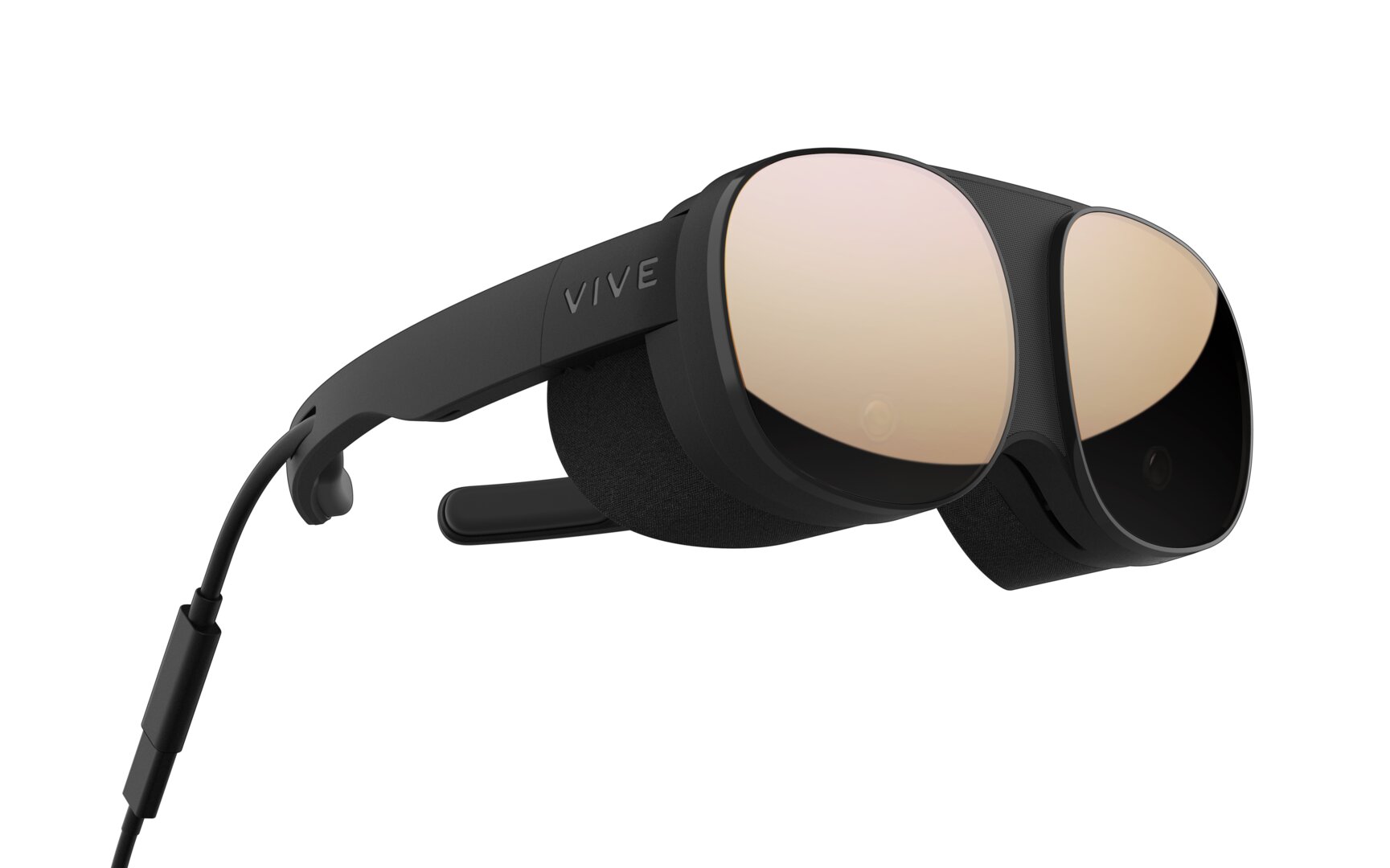 HTC Vive Flow
HTC Vive Flow 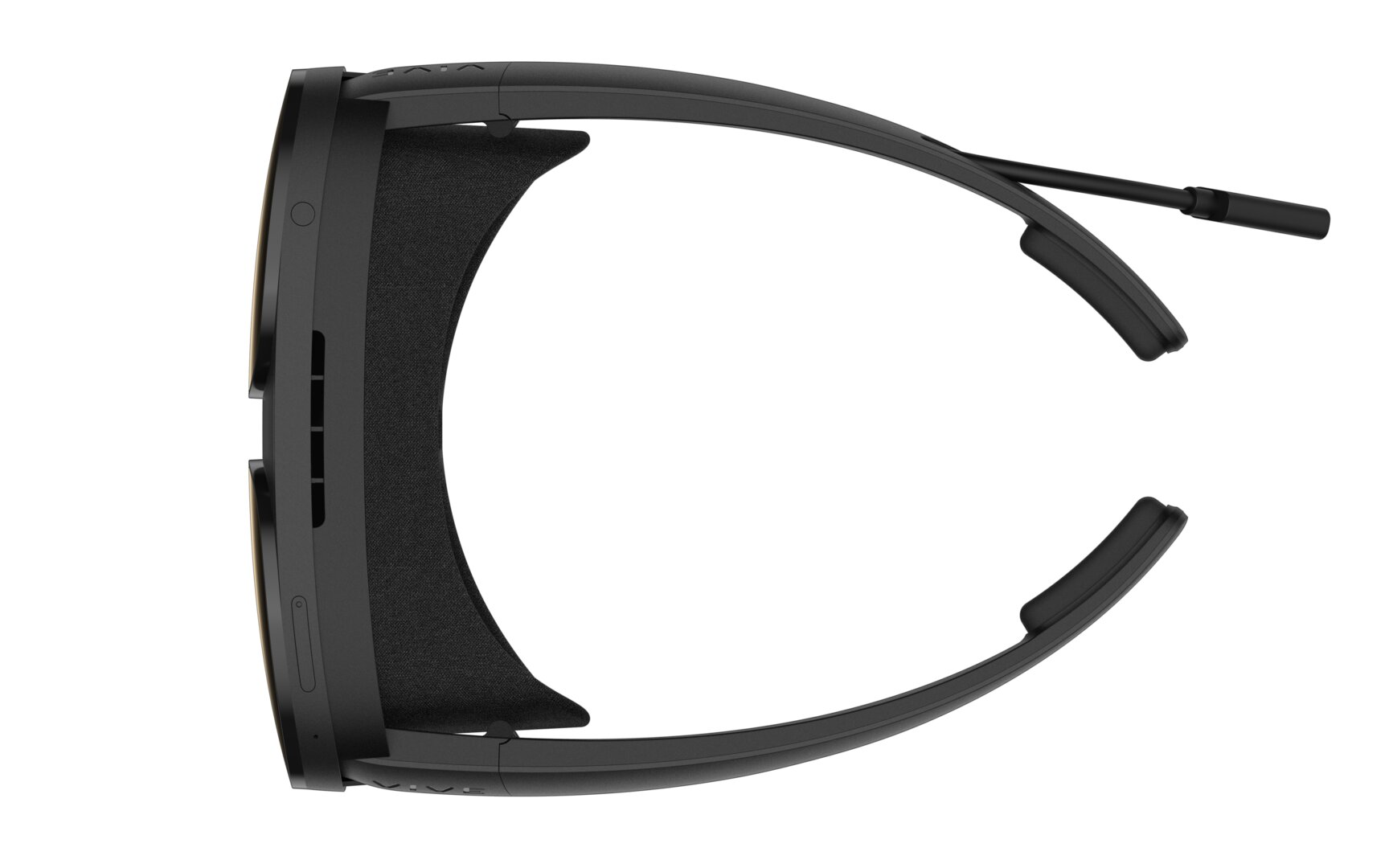 HTC Vive Flow = <" imfigure> srcfigure> wp-content/uploads/8032f0346ae027f2fabb99f1e57830ae.jpg “/> HTC Vive Flow
HTC Vive Flow = <" imfigure> srcfigure> wp-content/uploads/8032f0346ae027f2fabb99f1e57830ae.jpg “/> HTC Vive Flow 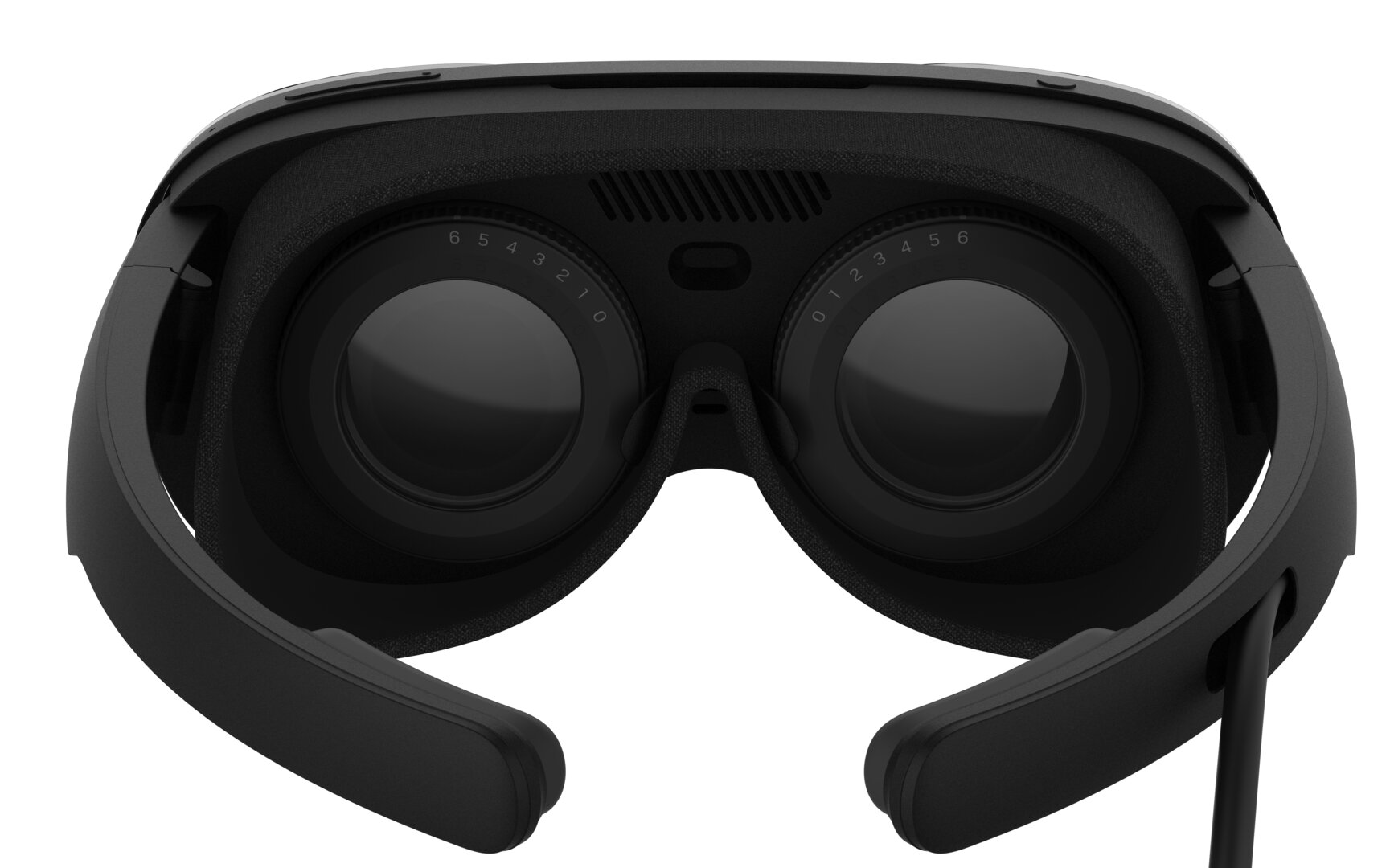 HTC Vive Flow with diopter adjustment
HTC Vive Flow with diopter adjustment The power supply is external
To enable this weight, the Vive Flow only comes with a very small built-in battery and relies on a connected smartphone or power bank for power. The VR glasses should draw a maximum of around 7.5 watts from both of them. The integrated battery only lasts a few minutes in operation and is primarily used for hot swaps between different power sources. HTC offers its own particularly small power bank for the Flow, but points out that the glasses can be operated with almost all commercially available power banks. However, both of these mean a permanent cable connection and more weight. Compared to other standalone headsets, this is a disadvantage that has to be weighed against the lower weight and can be canceled out again, albeit in a different part of the body.
Consumption instead of interaction
HTC explains why the cable should be less annoying with the Vive Flow than with other VR glasses, based on the naming. According to HTC Marketing, this comes from the intended main area of application: “True to the motto” Go with the Flow “, VIVE Flow was developed to help people switch off, relax and have fun in everyday life.” What this means is that the Vive Flow is particularly suitable for passive consumption. As an example, videos or VR meditation apps, as well as general applications that are intended for personal well-being and switching off, are mentioned here. With this statement, HTC also explains why the Vive Flow, apart from the smartphone, does not require any additional control device or hand tracking. The envisaged rather passive, consuming use makes this superfluous. HTC tries to compare laptop to tablet here. While the laptop is superior for working or playing, a tablet offers a better experience for simple applications thanks to the form factor and the focus and can be used even better on the go. The Vive Flow should behave similarly to classic VR headsets such as the Oculus Quest 2 or the HTC Vive Pro 2.
Weak computing power and strong smartphone integration
Even if HTC does not want to be precisely defined in the presentation, there are hints that the SoC built into the glasses cannot and will not keep up with the pure computing power of the competition such as the Oculus Quest 2. On the one hand, the planned area of application plays a role here. On the other hand, a large part of the content used should come from the connected smartphone.
-
 HTC Vive Flow with active cooling (Image: HTC)
HTC Vive Flow with active cooling (Image: HTC)
Image 1 of 3
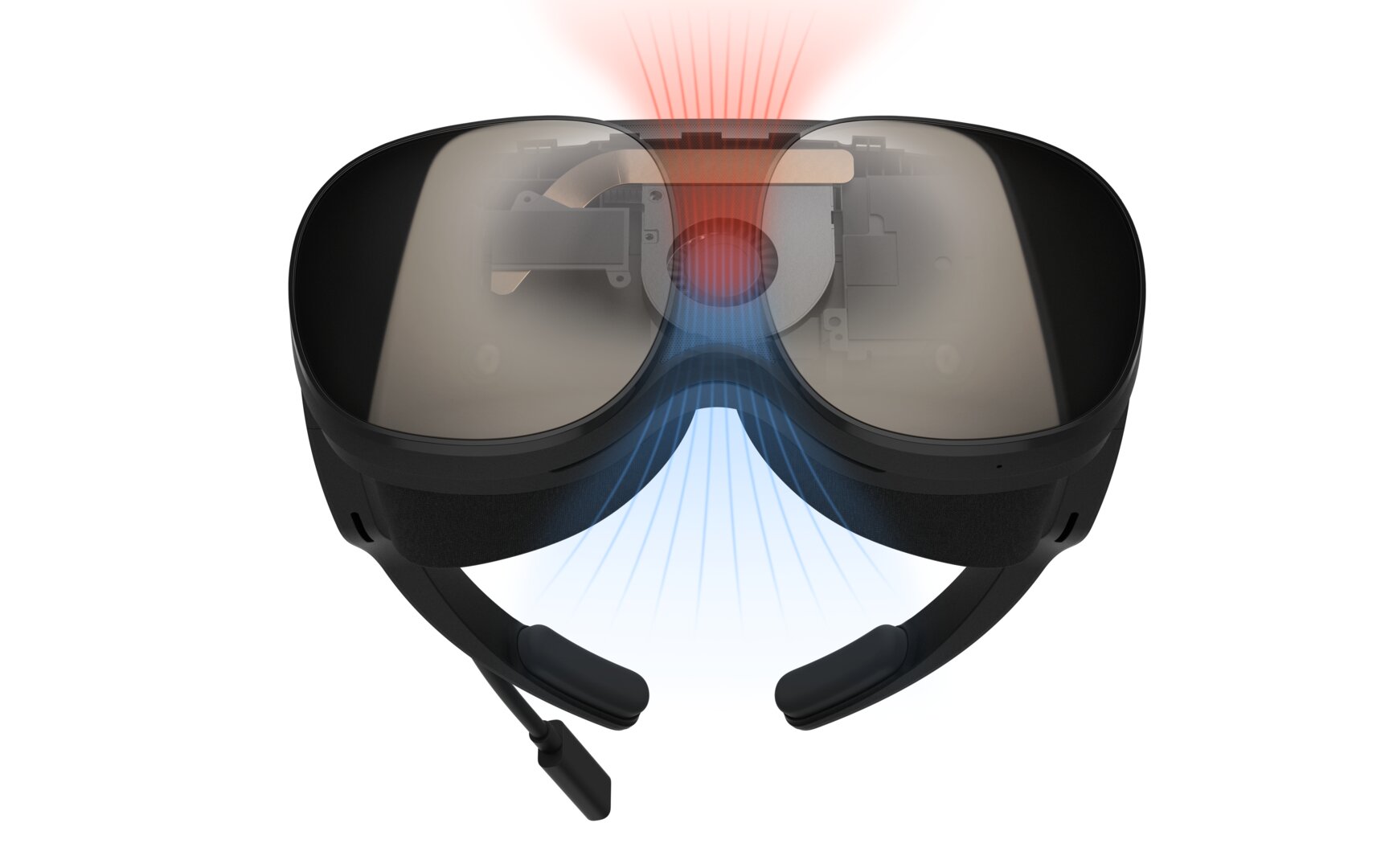 HTC Vive Flow with active cooling
HTC Vive Flow with active cooling 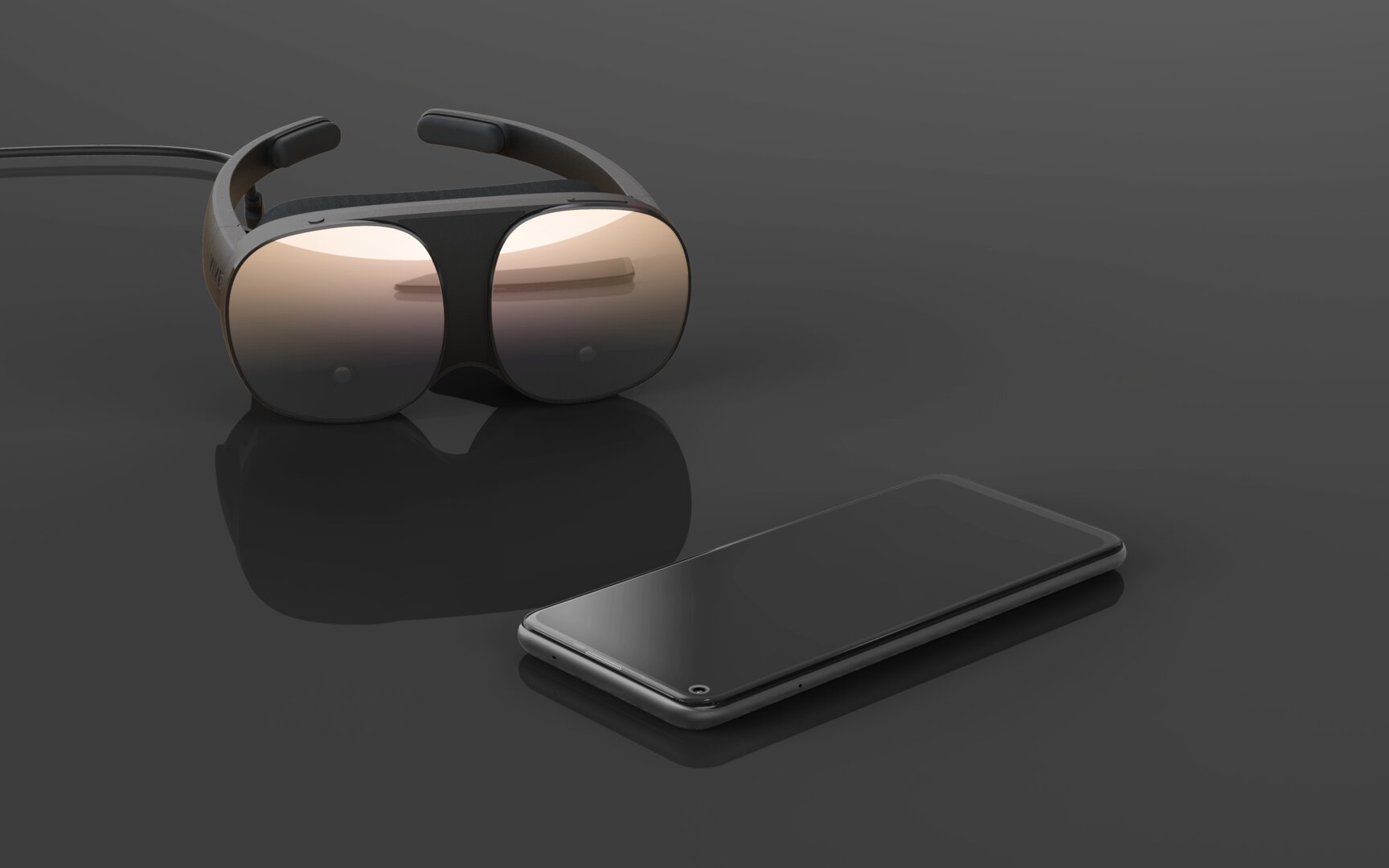 Nothing works without a smartphone
Nothing works without a smartphone  Nothing works without a smartphone
Nothing works without a smartphone This is absolutely necessary when setting up and the glasses are also linked to a companion app. A quick change between different smartphones is therefore not possible. Thanks to this integration, notifications, calendar events or the like can be transferred directly to the glasses. Thanks to Miracast, content such as videos can be streamed from the smartphone to the glasses. As long as the smartphone used is a reasonably up-to-date Android device. Apple's iPhones are left out and HTC only says that this could possibly change in the future. Apart from streaming, the smartphone also plays an important role. It also serves as a controller for the VR glasses. The motion sensors in the smartphone are used for this and the touch screen is transformed into a reduced remote control with a few large touch fields.
With 3.2K for video consumption
HTC calls the resolution 3.2K. This means 1,600 × 1,600 pixels per eye for a total resolution of 3,200 × 1,600. These are distributed over a field of view of 100 °. HTC does not specify this information more precisely, but also speaks of a very large sweetspot compared to other headsets. According to HTC, text can be read over almost the entire field of vision and when watching video on the virtual cinema screen, the head does not have to be moved or only barely moves. The display works with LCD technology, has a full RGB subpixel matrix and a refresh rate of 75 Hertz. Due to the small design and the resulting problems for people who wear glasses, the Vive Flow has an integrated diopter adjustment from 0 to -6 diopters.
Two loudspeakers built into the brackets are responsible for the sound output. In addition, you can pair your own headphones via Bluetooth.
Pre-order now, delivery from November for 549 euros
The pre-order phase starts today and HTC has included a transport box as a pre-order bonus. HTC justifies the high price with the fact that the Vive Flow is a completely new category of VR glasses and HTC, unlike Facebook, for example, earns money with hardware and not with data. A statement that greatly simplifies the situation, but in view of the ongoing data protection concerns at Oculus does not seem completely out of thin air.
-
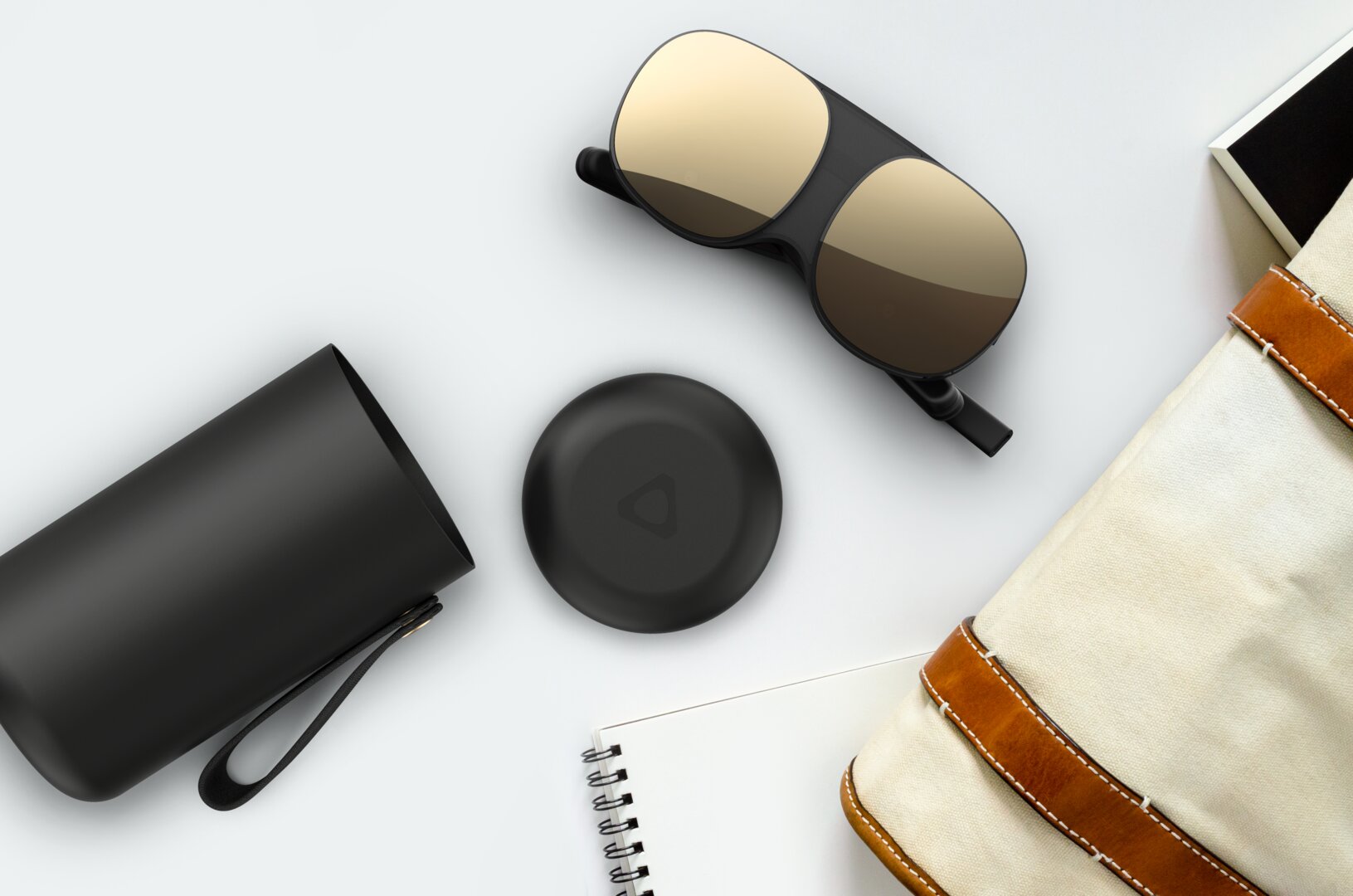 For pre-orderers with transport box (Image: HTC)
For pre-orderers with transport box (Image: HTC)
Image 1 of 2
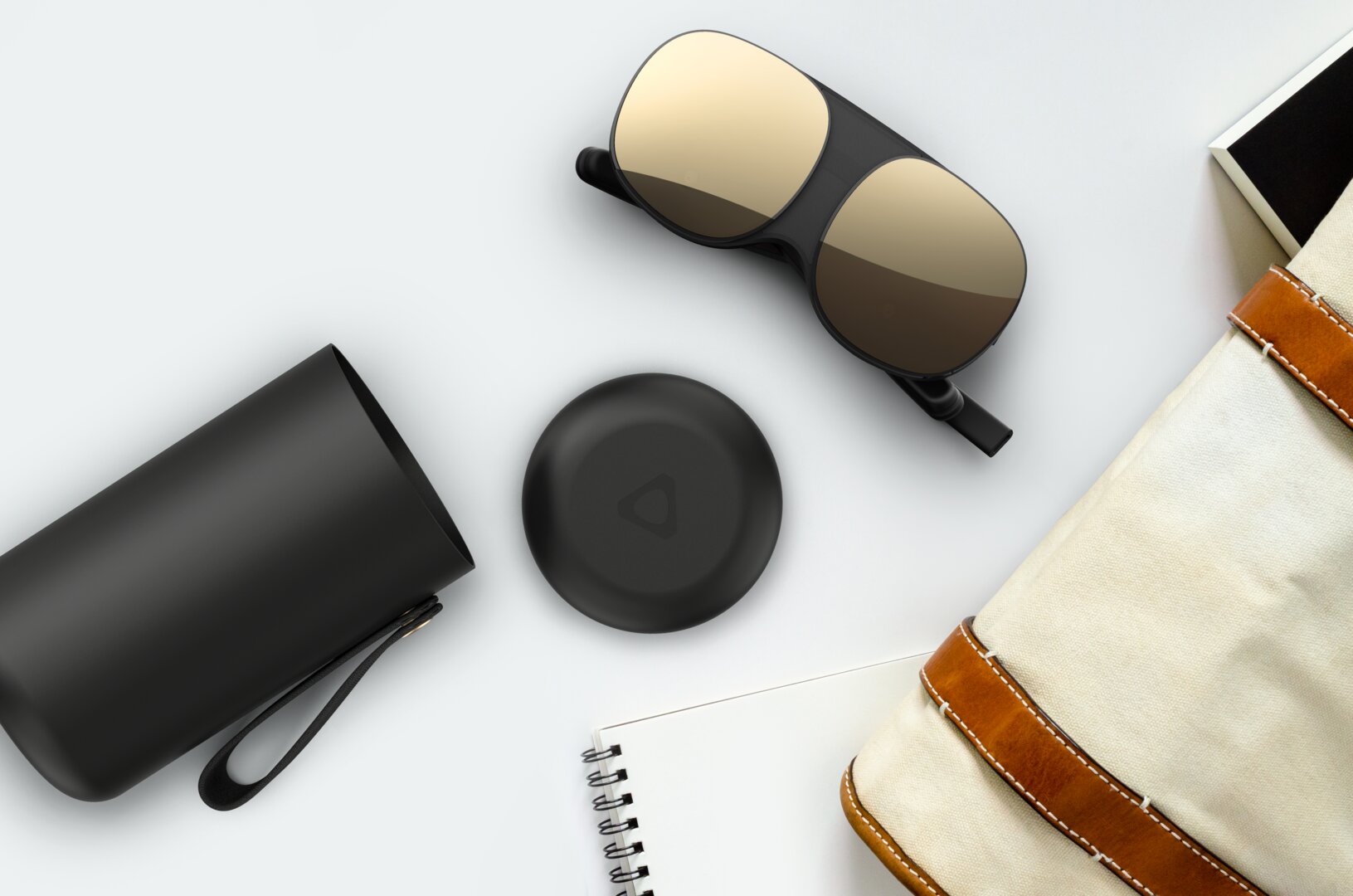 For pre-orderers with transport box
For pre-orderers with transport box 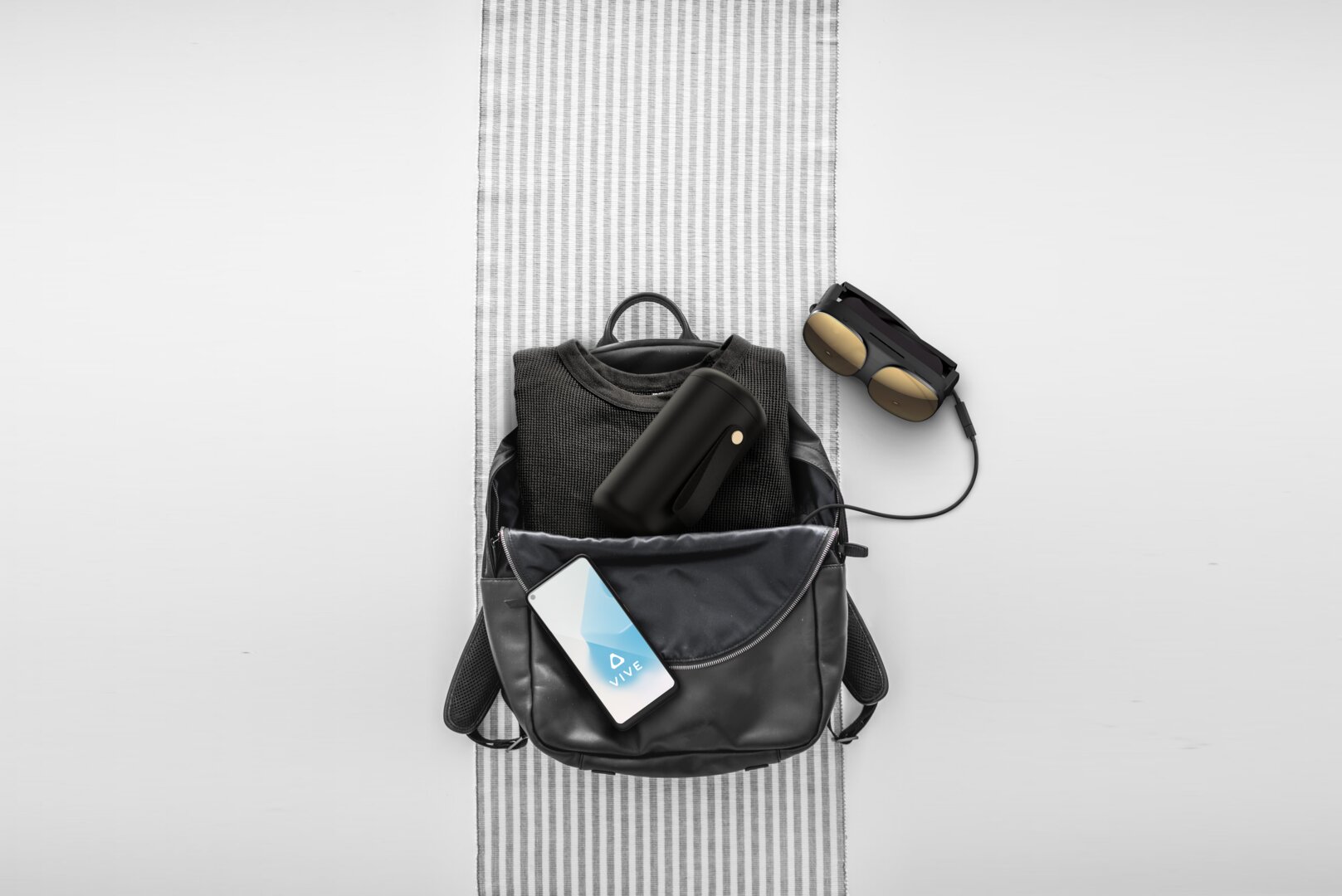 For pre-orderers with transport box
For pre-orderers with transport box The free sale starts in November for 549 euros. The scope of delivery then includes the glasses themselves, a USB-C cable and a transport bag. The washable face pad is available in two versions, a narrower one for the European and North American market and a wider one for the Asian market. A selection directly when ordering is not possible, so that unnecessary additional costs may arise here. The other can be ordered as an accessory via the online shop.